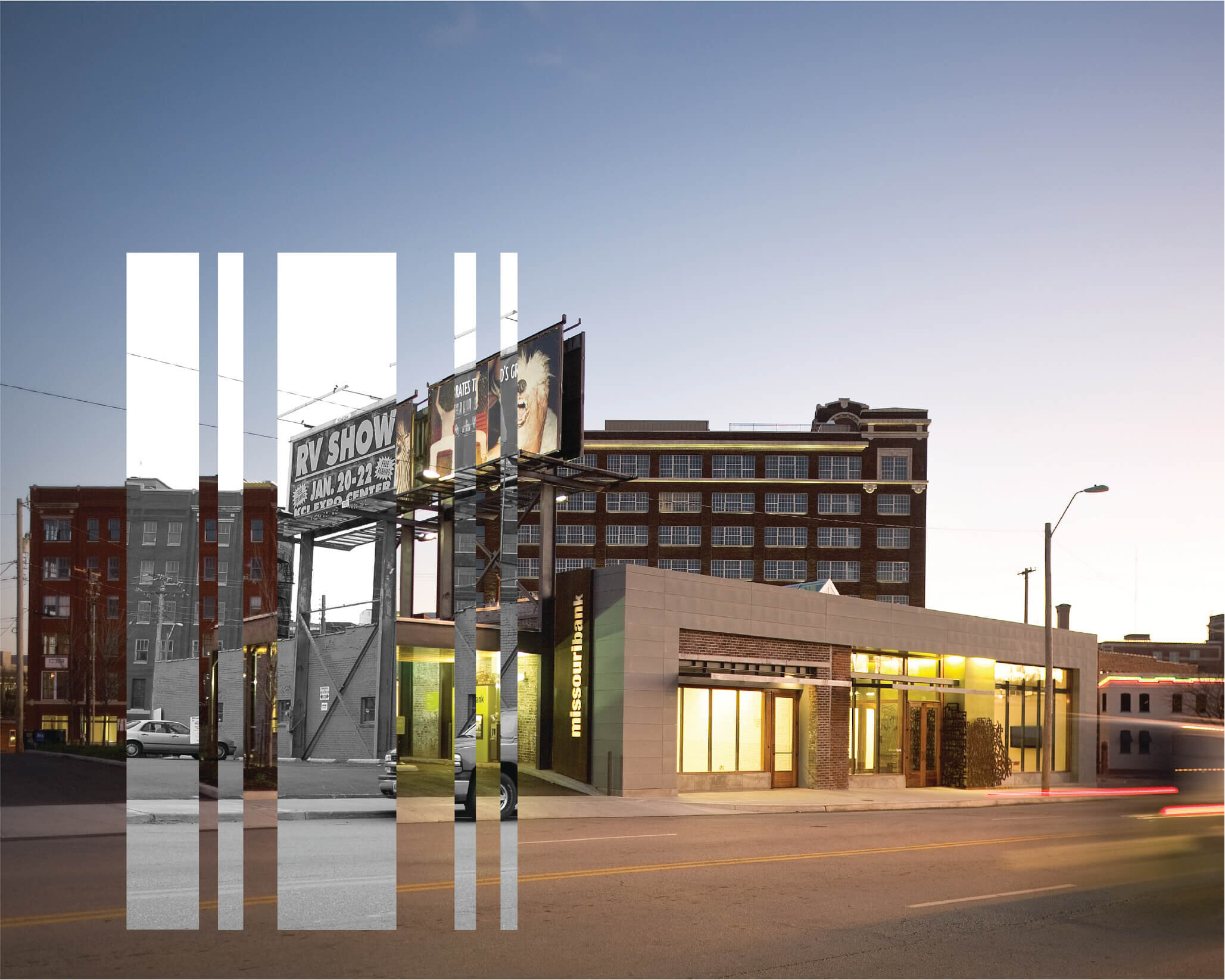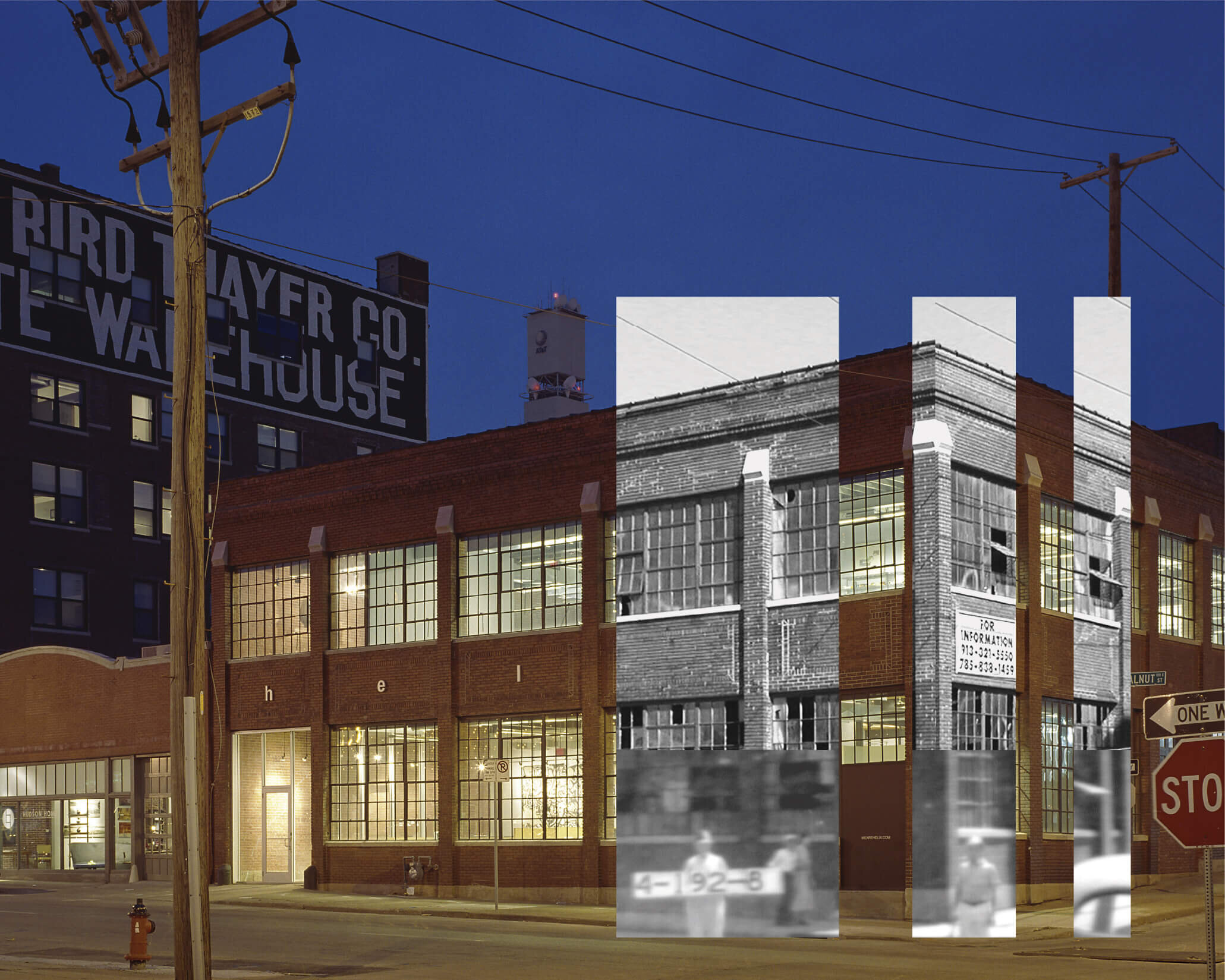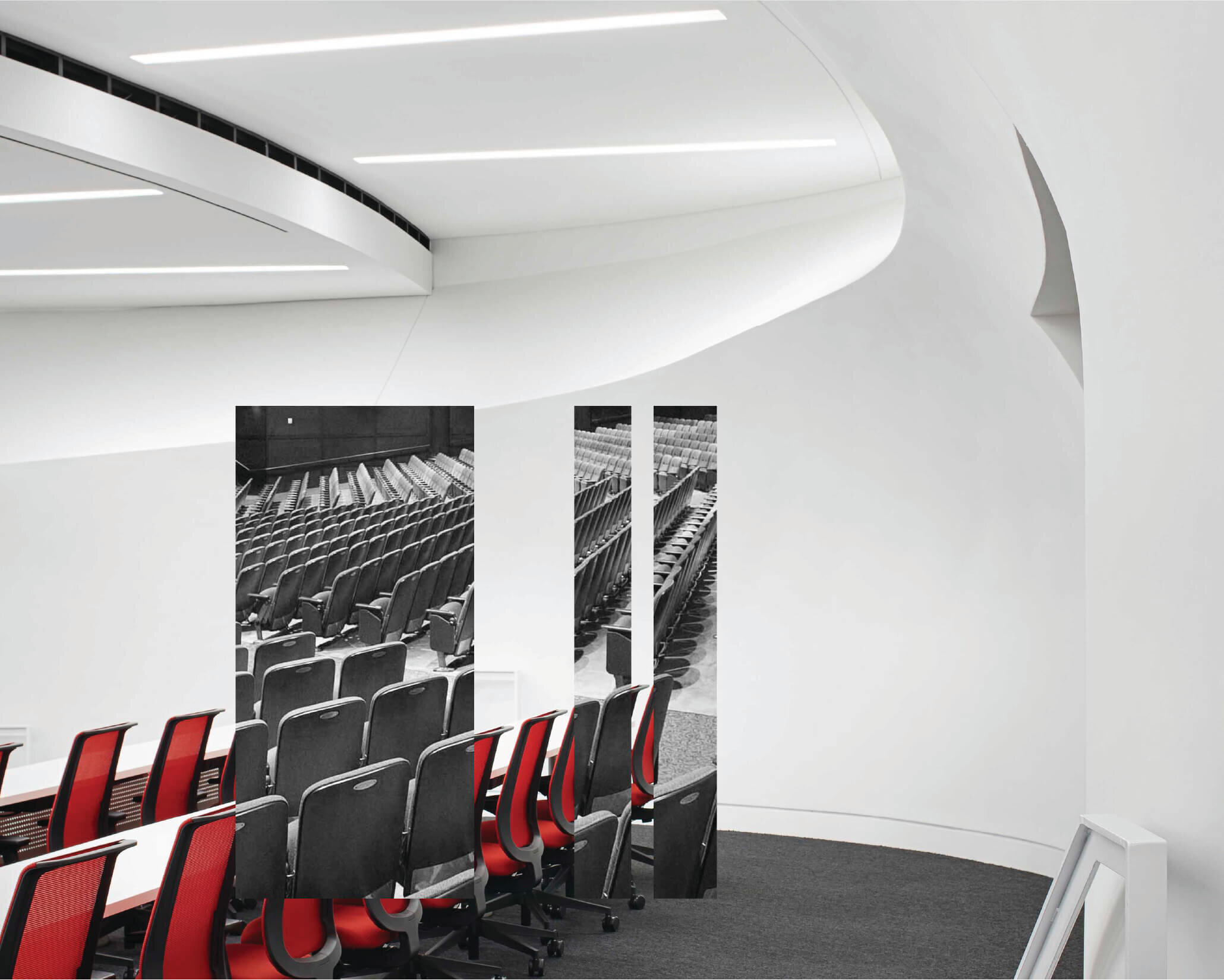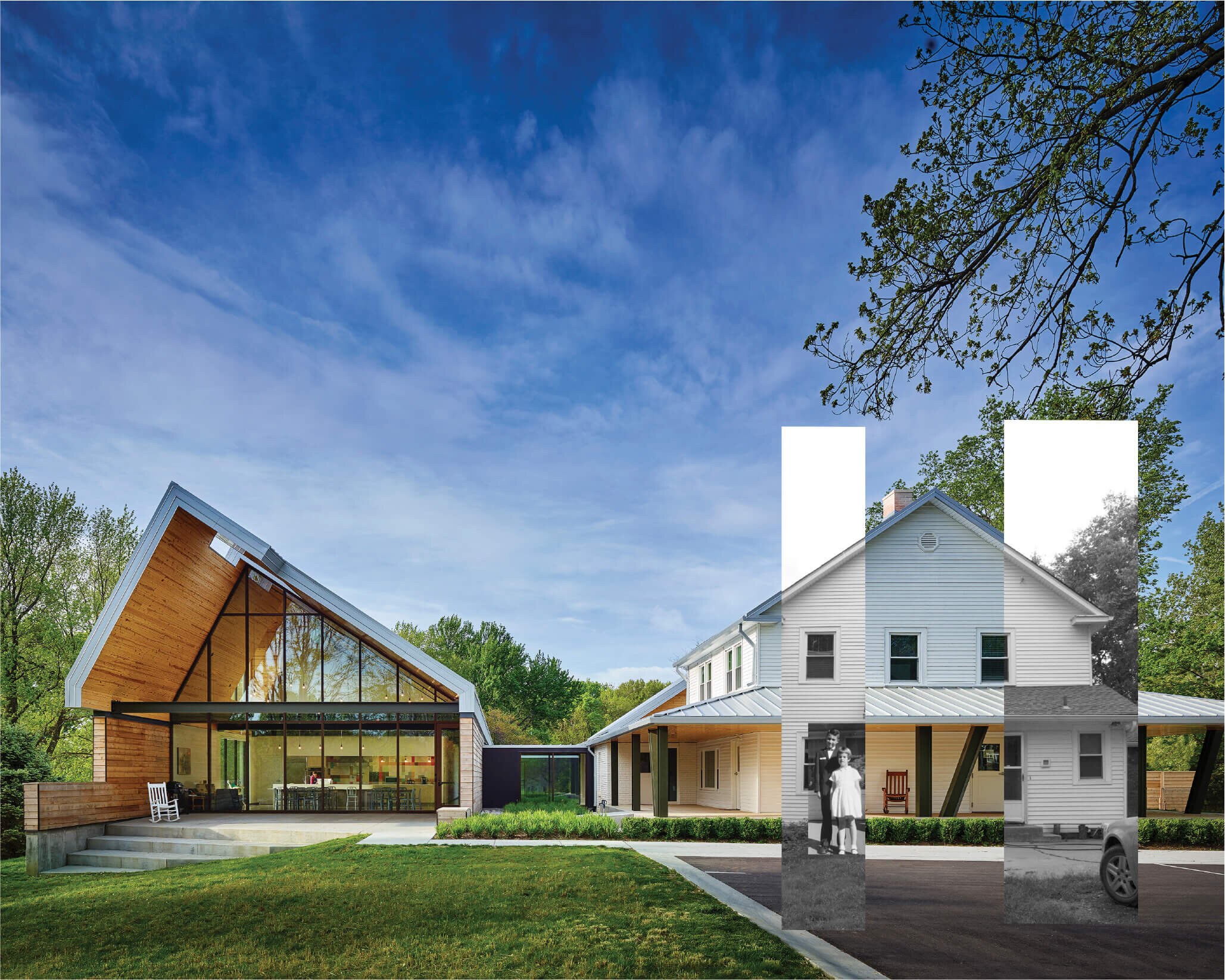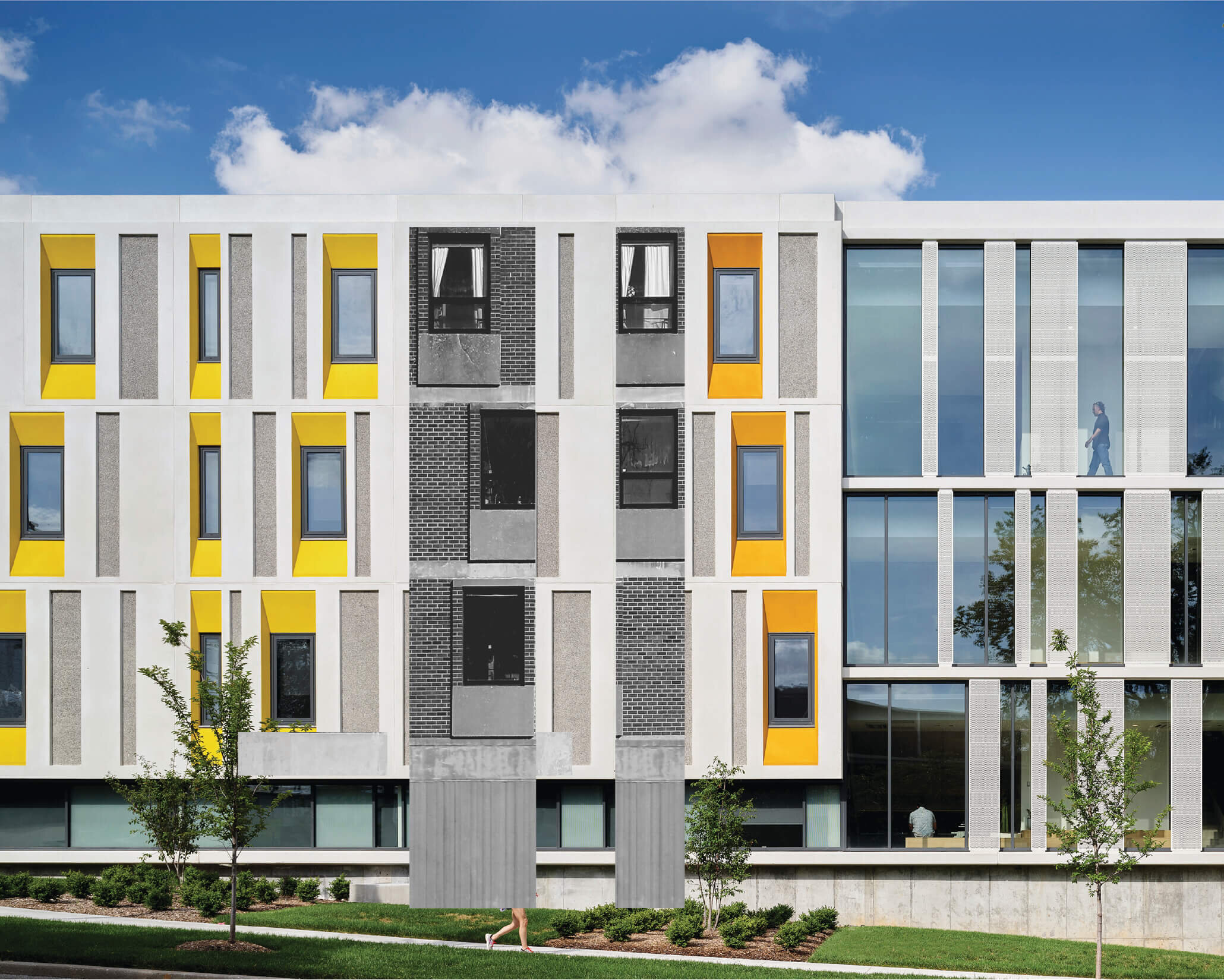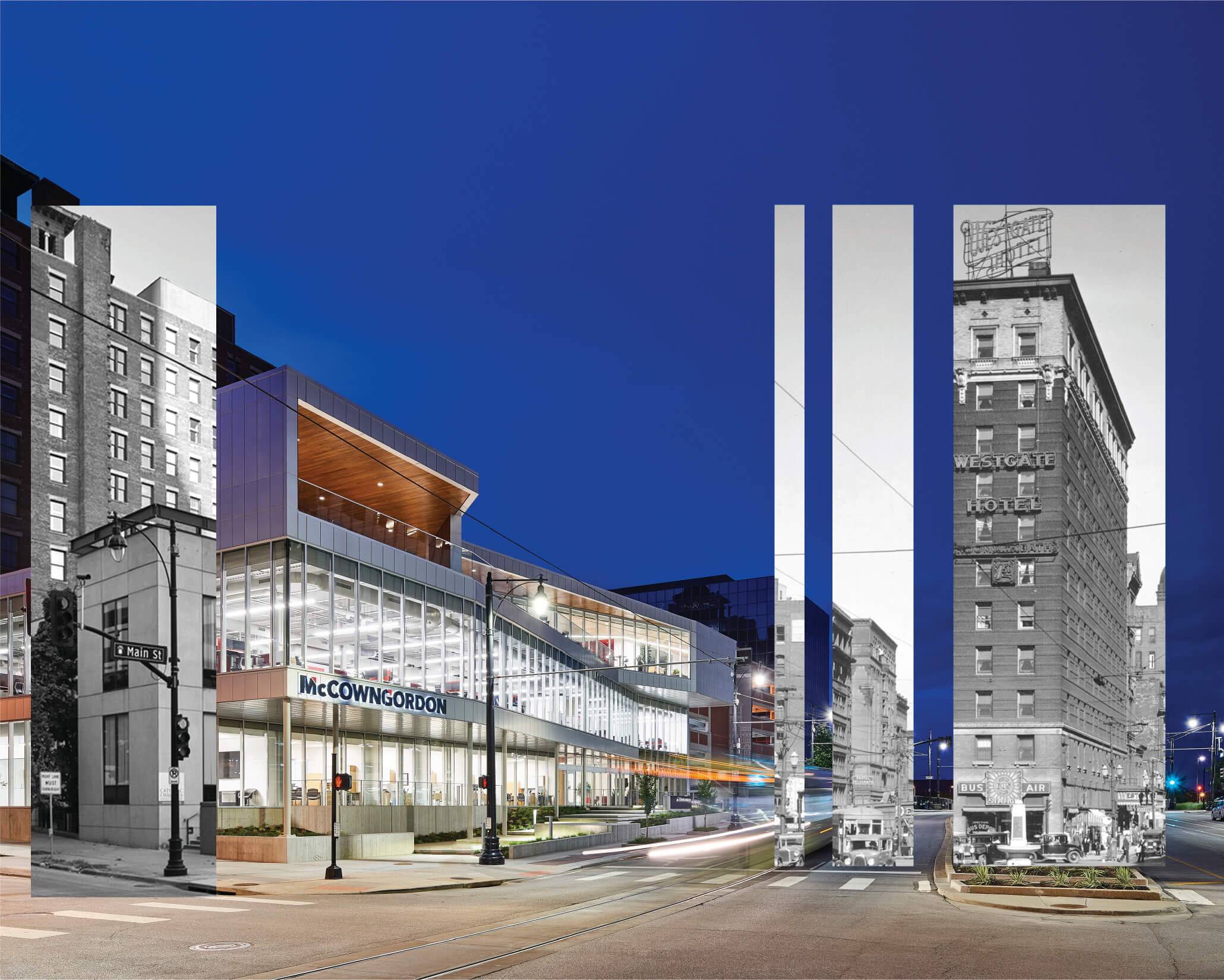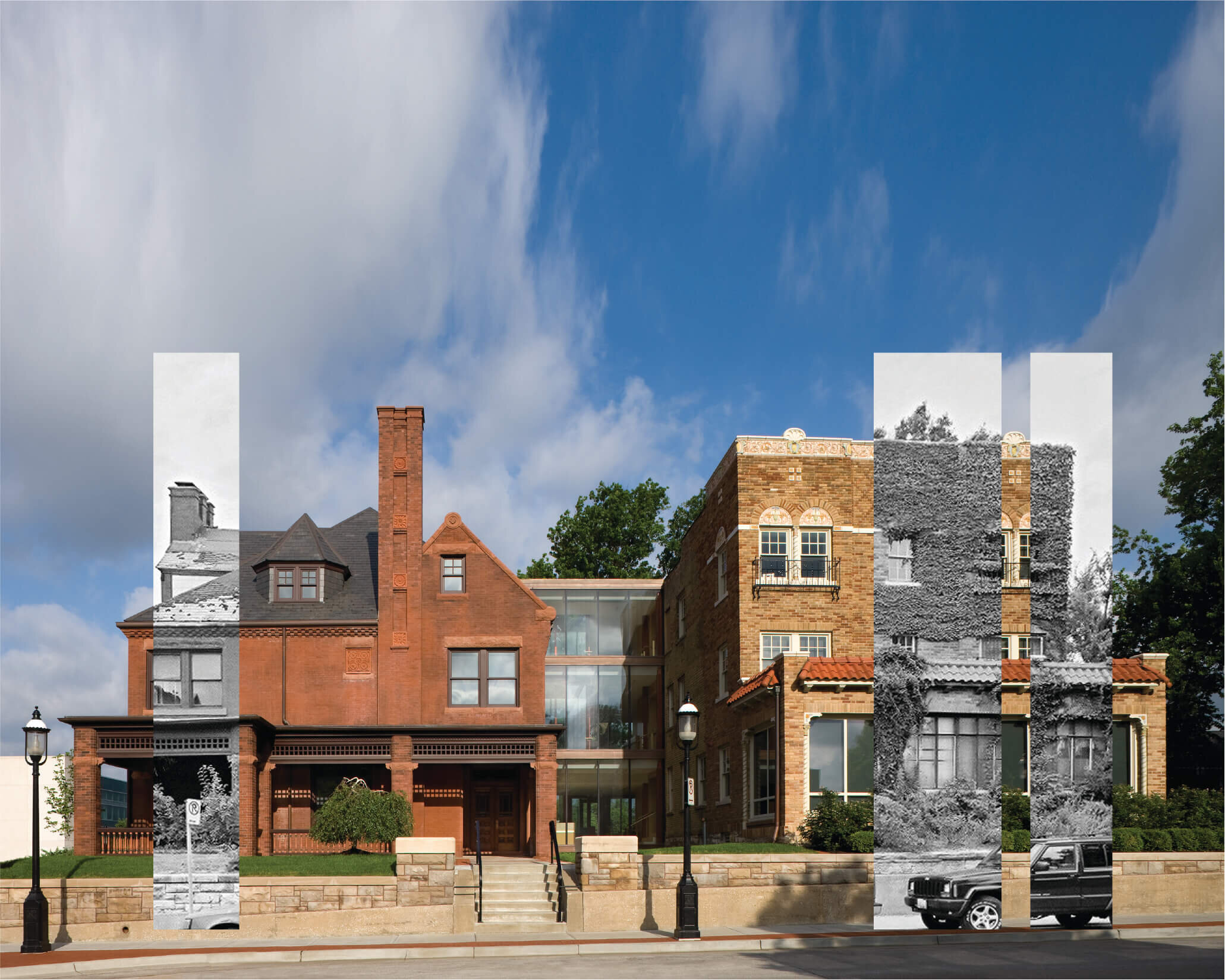
Helix Architecture + Design
Kansas City, Missouri
“High water risin', risin' night and day
All the gold and silver are being stolen away
Big Joe Turner lookin' East and West
From the dark room of his mind
He made it to Kansas City
Twelfth Street and Vine
Nothing standing there
High water everywhere”
— Bob Dylan
Located at the confluence of the Missouri and Kansas Rivers, Kansas City was naturally positioned at the edge of the American frontier. A pioneering spirit tamed the limestone bluffs and rugged landscape, the rawest landscape left and celebrated as a network of boulevards and parks. Over time, Kansas City showed its resilience — weathering tensions and conflicts brought about by its precarious position as a border city in a border state during the Civil War; shedding its Southern identity but adopting its own take on barbeque and jazz; and glistening in the lights as the “Paris of the Plains” under the control of big-city boss Tom Pendergast. It was when the Kansas City streetcar system became one of the largest systems in the country, winding through the city like veins and arteries, that Kansas City’s development contributed to its demise. After World War II, the city’s population was decimated by “white flight” and racial and economic dividing lines.
When Helix drove its stake in the ground of Kansas City in 1992, it inherited a downtown core hollowed out by urban decay — the city’s rich history replaced by an uninhabited Cowtown embedded in the American psyche as “flyover country.” Like the pioneers who came before us, Helix and a cadre of local artists began to explore — this time inward rather than outward. Our work parallels Kansas City’s rejuvenation and trajectory. Our city and our practice grow in sophistication and cultural significance. Our process is based on a thorough understanding of identity, the complex relationships that define people and place. Through this exploration, we discover meaning that is imprinted into the design. Each project is tailored to tell its own story and dialogue with the past. The new insertion is in juxtaposition to the existing. Or the new adopts context to continue — but redefine — the existing. Or the new must reconcile itself with people and place. These stories collectively inform our work and the city’s current chapter and propel both forward.
